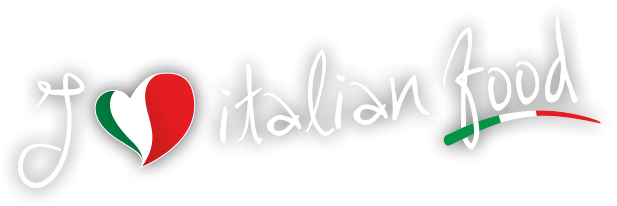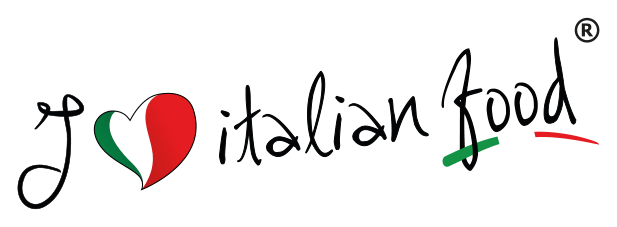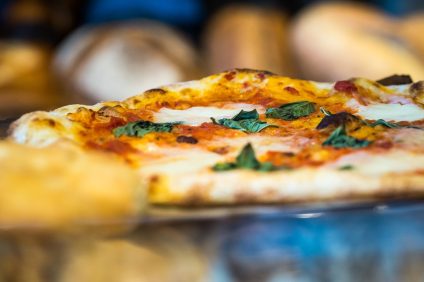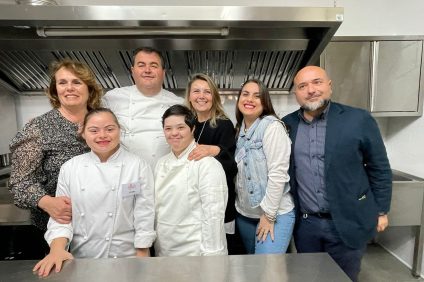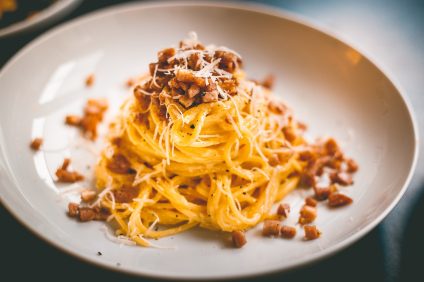That Argentina and Uruguay have strong Italian roots is not news. Is that these roots are also taken from the local cuisine it's not a surprise. Though in the Río de la Plata region, meat is the absolute queen, the popularity of the "Milanese", pizza and pasta, with local creations and variations, testify to the truth of this statement. Let's talk about this peculiar “fusion cuisine” with David Veltri, Italo-Argentine chef who prefers to define himself as a "cook" or "cocinero" not so much for false modesty, but because he considers it a more appropriate term for our language and our culture.
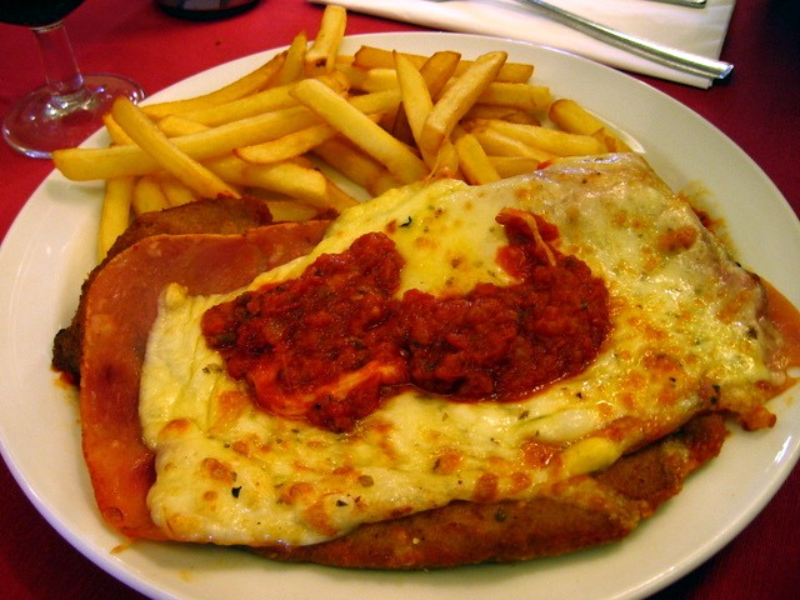
Rio-Plateau cuisine before the great immigration
The Italians began to arrive en masse in the postwar period. Previously, Argentines and Uruguayans ate "Spanish style", with indigenous influences. To the meat (the cattle were introduced by the colonizers), "preparations of native origin based on cereals and tubercles, such as corn and cassava" were added. And, to a lesser extent, “game: armadillo, partridge, local deer, ñandú (type of South American ostrich) and river fish such as catfish, pacú and surubí”. "Until the middle of the nineteenth century", explains Veltri, “The only exceptions were probably the dishes of Central European origin on the tables of families originating from those countries ". The great migratory waves came precisely later. AND the major contingents departed from the Italian ports. To get an idea, the first Argentine census (September 1869) found that out of 1.737.000 inhabitants, 211.000 were foreigners. Among them figured well 72.000 Italians, 35.000 Spaniards, 32.000 French, 11.000 British, 6.000 Swiss and 5.000 Germans.
The "fusion cuisine" of the poor
In Uruguay the case was similar. In the year 1900, 20% of the population of Montevideo was Italian (and 14% of all the inhabitants of the country were). The new situation soon affected the habits of the Argentines and Uruguayans. The kitchen included. Before leaving, the Italian peasants had to adapt their traditional dishes to the poverty that plagued them. The diet was generally based on “flour, onion, garlic and tomato - which, having arrived in Italy in the XNUMXth century, was already very popular”, explains Veltri.

New dishes from the Bel Paese
Another Italian (and Genoese) specialty is faina, also known in Italy as flour. A "cake-focaccia" made of chickpea flour. At that time, dishes from the South also landed on the Rio-Plateau tables. The specialist journalist Ángel Ruocco, Uruguayan, points out that the way some dishes are known in Uruguay comes from the dialects noon, like spaghetti "A la pomarola" (pummarola) or los macaroni (from maccarune). From the Piedmontese, however, came los "Tallarines" (tajarin in Piedmontese dialect). But on the Rio de la Plata they are eaten with a generous sauce with large pieces of meat or chicken. And speaking of the sauce ... the very famous tuco (a kind of ragù) comes from tucco Genoese. Always the Ligurians, Ruocco assures us, “taught us how to do pesto", While from Emilia-Romagna and Tuscany" we imported the stuffed pasta and their names: ravioles, capeletis and tortelines ".
Sunday lunches
"Grandmother appears as the person worthy of the greatest respect in the families of Italian immigrants ”, adds David Veltri. The grandmother is "a synthesis of love, wisdom and experience". Often she assumed "the role of the silent presenter, occupying the place of the cook par excellence". There is no Argentine or Uruguayan who does not know, at least from hearsay if not from experience, the great Sunday lunches at the house of "the nonos”(Spanishization of“ grandparents ”, which in Spanish would be“ los abuelos ”). In that now remote epoch it began to lose the sale of cheap take-away lunches, made by immigrants for immigrants, for the workers who did not have time to go home at noon. Among the dishes offered there are also the very Lombard search e Minestrone, as well as pasta and salads ... "Always accompanied by a vase of wine", adds the chef.
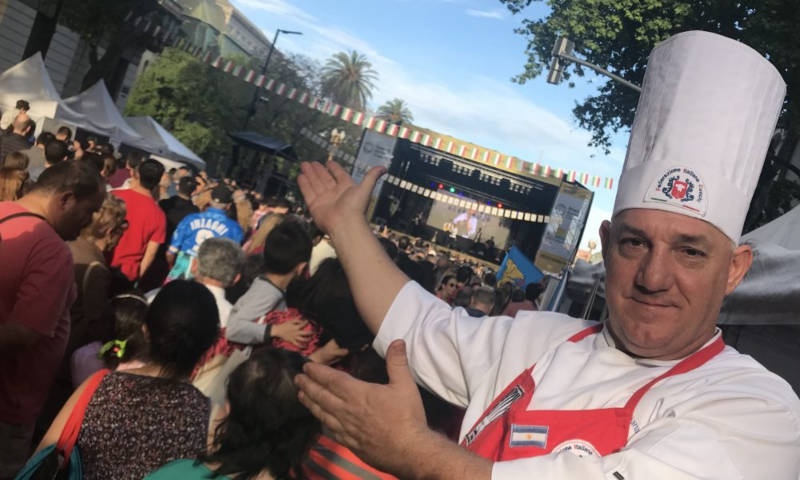
The creations inspired by Italianness (the "fusion cuisine" begins)
Both Uruguay and Argentina have created dishes, which have now become part of the local gastronomy by right, which many Uruguayans and Argentines believe they are Italian. And which, on the other hand, have never existed in Italy. For example, the "Milanesa napolitan", the "sorrentinos" and the sauce "alla Caruso". The former were born as a stratagem to recover burnt “cutlets” (here they are made without bone), adding tomato sauce and sliced mozzarella. The latter are a tribute from a restaurateur from Mar del Plata in Sorrento, where his father was born. As for the “Caruso”, created in Montevideo in 1954 in honor of the great tenor Enrico, by a Piedmontese cook called Raimondo Monti. The “Rioplantense” pesto “was originally made with walnuts and parsley”, notes David, “since it was difficult to find pine nuts (it still is) and basil”.
Sweets and drinks
Polenta (curiously Italian even if made from corn, a South American food), is also known here because of the immigrants. But it is consumed much less. Certainly, pizza aside (it is found, in morsels, in almost all birthday parties together with the local "empanadas"), it was the "Milanese" who became popular in Argentina and Uruguay. To the point that there are specialized restaurants! Let's jump to the footnotes i cold cuts... whose recipes are also "off the ships", or landed by virtue of Spanish and Italian immigrants. There are also sweets and drinks. The sweet bread remember very much the Panettone, and the tiramisu is another illustrious exponent of the Bel Paese who receives the favors of gluttons. Among the drinks, the wide success of the wine it is due to the Spanish and Italian culture. Even today, the wine producers of Argentina and Uruguay are largely of Italian origin.
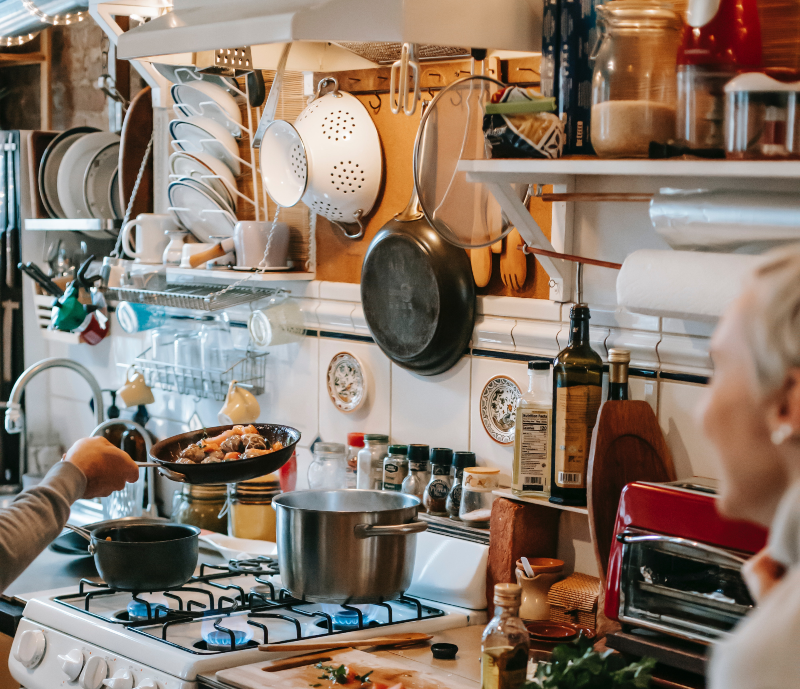
La grappa it is also known in these parts, so much so that in Uruguay someone invented it grapamiel: grappa with honey. Then there is the Limoncello, established in recent years as a "coffee killer" or alone. Even the beer, certainly more typical of Germanic countries, in Argentina it is popularly called beer. The last drink to conquer the local palates and to enter the culture powerfully was the coffee (even if the tango Cafetin of Buenos Aires is from 1948).
Let's celebrate then the legacy of immigrants, bridges between cultures. Undoubtedly, they were also thanks to the welcome they found in their adopted countries, which allowed them to maintain their traditions and perpetuate them, also involving the inhabitants of the place. To the point that it is also at the table that mutual appreciation and esteem have been created which among other things have given birth to a " fusion"Popular and spontaneous.

